| PISA defines scientific literacy as the ability to engage with science-related issues, and with the ideas of science, as a reflective citizen. It emphasises the importance of being able to apply scientific knowledge in the context of real-life situations. The OECD analyses reported in PISA 2012 (the PISA-D project design was mainly informed by analysis of PISA 2012 data) show that for many of the participating middle- and low-income countries, mean average science scores are concentrated below Level 2 (see figure) – the baseline proficiency level. In PISA 2012, the lowest level of the science proficiency scale was Level 1. PISA 2015 differentiated performance at the lowest level by breaking Level 1 into two sub-levels: 1a and 1b. PISA-D builds on the PISA 2015 science framework, extending it to yet a lower level of performance (1c) to gather precise data on the science skills of the lowest performers. This information will help countries design effective policies to improve students’ skills in the future. |
Author(s): OECD AND IBRD/THE WORLD BANK
Year Published: 2017
Language: English
Country: France


